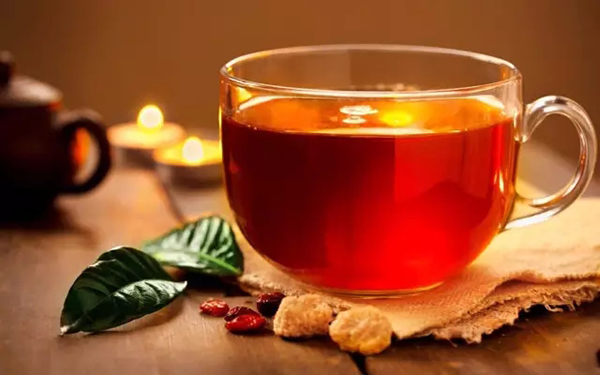A bit of linguistic tea teasing
Writer: Don Rechtman | Editor: Liu Minxia | From: | Updated: 2024-04-07
Ceylon Orange Pekoe tea is a type of black tea, right?
Wrong! It’s a brown tea, right?
Wrong! It’s a red tea, right? Right!
A Chinese friend and I just educated each other on some of the linguistic distinctions regarding tea classifications. She said Orange Pekoe is a “red” tea; she has a British friend who labeled Orange Pekoe as a “brown” tea. Growing up in the States, I had learned that Orange Pekoe is a “black” tea. I told her that our differing color choices resulted from our country’s native English differences.
It turns out that all three of us are right, but at the same time her friend and I are also wrong!

A cup of Ceylon Orange Pekoe tea. File photo
The history of tea traces back to Yunnan Province in the second millennium B.C. during China’s Shang Dynasty (1600 B.C.-1046 B.C.), if not earlier, and didn’t become known in Europe until the 16th and 17th centuries, when it was introduced by Portuguese merchants who traded in China. Chinese tea also spread to Japan and India. The Indian word for tea, “chai,” is derived from the Chinese word for tea, “cha.” The multitude of ways of creating distinct types of tea from the same plant species also evolved in China during the following centuries. All this makes Chinese terms for tea the de facto nomenclature for varieties of tea.
The British disregarded China’s label of “hong cha” (“red tea”), and instead used the color “brown,” as the tea they brewed had a brownish color. One of the most popular teas, “pu’er,” is considered to be a brown tea in British English. However, while assorted languages will label pu’er as brown, black, or red, the Chinese language identifies it simply as “pu’er.” In Spanish, it is considered “té rojo” (red tea) and, conversely, what in Chinese is called “red tea” (hongcha) is known in Spanish as “té negro” (black tea).
Native Chinese-speaking people may be somewhat dismayed by various English internet articles comparing brown and black teas, because their mentioning of brown tea as pu’er does not agree with the Chinese nomenclature. To minimize confusion, the U.S. and British English intermingling of colors when describing teas really should defer to the original Chinese identities.
From my discussion with my friend, I have concluded that while she and her friend and I are all correct, her friend and I are at the same time completely wrong!
干杯! [gānbēi; bottoms up; cheers!]